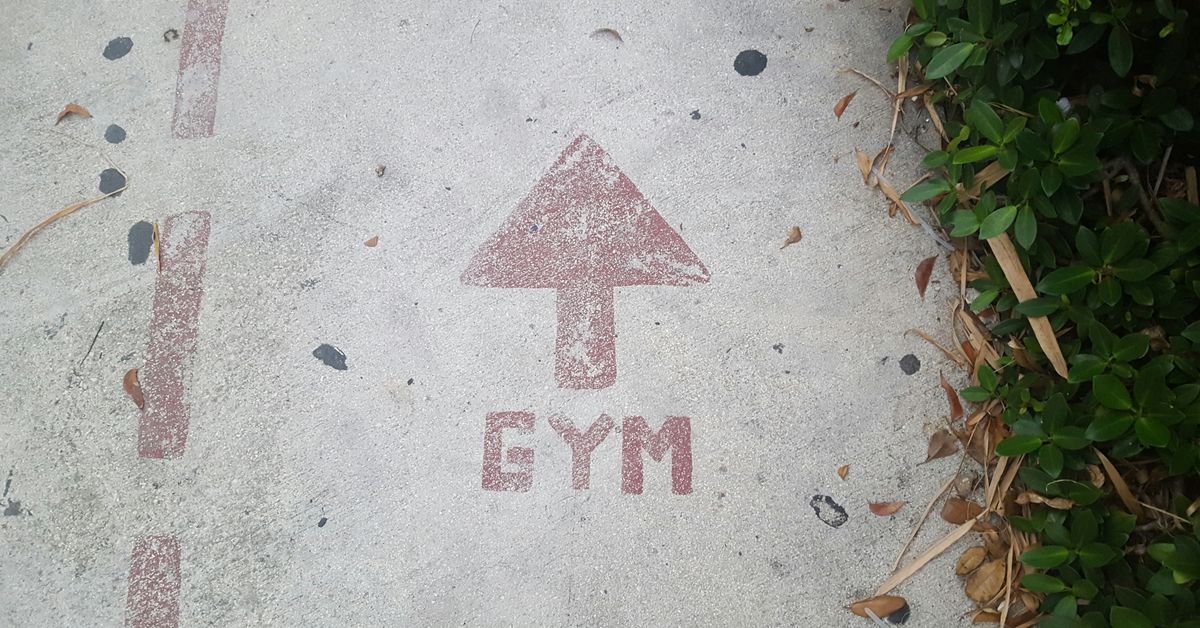The Essential Recovery Secrets Every Athlete Should Know for Injury Prevention
It’s no secret that athletes push their bodies to the limit. Whether you’re a weekend warrior or a seasoned professional, the thrill of competition often leads to a relentless pursuit of excellence. But what happens when that pursuit collides with the reality of potential injuries? Having been in the sports journalism field for years, I’ve seen countless athletes pay the price for neglecting recovery. It’s a tough pill to swallow, but recovery is just as critical as training itself.
Understanding the Importance of Recovery
Recovery isn’t just about kicking back on the couch and binge-watching your favorite series (though, let’s be honest, that sounds tempting). It’s a complex process that encompasses physical, mental, and emotional aspects. The body needs time to repair and strengthen itself. Think of recovery as the unsung hero of athletic performance; often overlooked but undeniably essential.
The Science Behind Recovery
At its core, recovery is about allowing the body to heal and adapt to the stress it has undergone during training or competition. When you push your limits, tiny tears occur in your muscles—this is perfectly normal. Your body responds by repairing these tears, making your muscles stronger over time. But if you fail to give your body the time it needs to recover, you risk injury. And let’s face it, nobody wants to be sidelined.
Key Recovery Strategies
Now that we understand the importance of recovery, let’s dive into some essential strategies every athlete should adopt. I remember a conversation with a former pro athlete who said, “Recovery is not the icing on the cake; it’s the cake itself.” Wise words! So, here are some tried-and-true recovery secrets:
1. Prioritize Sleep
Sleep is perhaps the most underrated recovery tool in an athlete’s arsenal. Studies have shown that quality sleep directly impacts performance, mood, and injury prevention. During sleep, the body releases growth hormones, which are vital for muscle repair. So, how much sleep do you need? While it varies, most athletes should aim for 7-9 hours per night. And if you’re one of those who thinks they can survive on 5 hours—let me assure you, you’re not doing your body any favors.
2. Nutrition: Fueling Recovery
What you put into your body post-workout can make a significant difference in recovery. Think of your muscles as a car engine that needs the right fuel to run efficiently. Consuming a balanced meal rich in carbohydrates and protein after exercise helps replenish glycogen stores and aids muscle repair. Some experts suggest a 3:1 ratio of carbs to protein for optimal recovery. Personal anecdote: I once tried a post-workout meal of just protein shakes. Let’s just say my muscles were not impressed.
3. Hydration
Water is the elixir of life, and for athletes, it’s a critical component of recovery. Dehydration can lead to muscle cramps, fatigue, and impaired performance. The general guideline is to drink at least half your body weight in ounces of water each day, but this can vary based on activity level and climate. I often carry a water bottle around (a bit of a cliché, but hey, it works) to remind me to stay hydrated. You might find it helpful to set reminders on your phone too!
4. Active Recovery
Active recovery is a gentle way to get your body moving without the intensity of a full workout. Think yoga, walking, or light cycling. The goal is to promote blood flow and flexibility, aiding in muscle recovery while avoiding additional strain. I once tried a yoga class after a particularly grueling race, and let me tell you, I discovered muscles I didn’t even know existed! Active recovery can be surprisingly beneficial.
5. Stretching and Mobility Work
Incorporating stretching and mobility exercises after workouts is crucial for flexibility and injury prevention. Dynamic stretching before workouts prepares your muscles for action, while static stretching after helps cool them down. Foam rolling can also be a game-changer—although it may feel like a form of medieval torture at times, the benefits are worth it. Trust me, your muscles will thank you later!
Injury Prevention Techniques
Injury prevention goes hand-in-hand with recovery. It’s all about being proactive rather than reactive. Here are some techniques that can help keep you on the field (or court or track) and out of the doctor’s office.
1. Listen to Your Body
This may sound cliché, but it’s true: your body knows best. If you’re feeling pain or discomfort, don’t ignore it. Pushing through pain often leads to more significant injuries. I remember a time when I stubbornly continued training despite a nagging knee pain—let’s just say, it took months to fully recover. If something feels off, give it the attention it deserves.
2. Adequate Warm-Up and Cool-Down
Warming up prepares your body for the demands of exercise, increasing blood flow to your muscles and raising your heart rate. A solid warm-up routine might include light cardio, dynamic stretches, and sport-specific drills. Similarly, cooling down post-exercise helps your body transition back to its resting state. It’s like hitting the brakes after a high-speed chase—necessary and crucial for your safety.
3. Cross-Training
Incorporating different types of workouts into your routine can help prevent overuse injuries. For example, if you’re a runner, consider adding swimming or cycling to your regimen. This not only keeps things fresh but also works different muscle groups, reducing the risk of injury. I once tried a Zumba class after months of strictly weightlifting, and let’s just say, my coordination was questionable, but it was a blast!
4. Seek Professional Guidance
Don’t shy away from getting advice from coaches, trainers, or physical therapists. They can provide tailored recovery plans and injury prevention strategies based on your specific needs. I once had a coach who had a knack for spotting weaknesses I didn’t even know I had; it was eye-opening. Professional guidance can help you train smarter, not harder.
The Role of Mental Recovery
While physical recovery is vital, mental recovery is equally important. Athletes often experience pressure and stress that can take a toll on their performance and recovery. Here are some tips to bolster mental recovery:
1. Mindfulness and Meditation
Practicing mindfulness or meditation can significantly impact an athlete’s mental well-being. It encourages relaxation, reduces anxiety, and improves focus. I remember attending a workshop where we were taught simple breathing exercises—it was surprising how much clarity it provided amidst the chaos of competition.
2. Visualization Techniques
Visualizing success can help boost confidence and reduce anxiety. Many athletes use this technique to mentally prepare for competitions. Picture yourself executing a perfect race or hitting that game-winning shot. It’s a powerful tool. I once tried it before a big race—while I didn’t win gold, I did finish with a personal best!
3. Social Support
Having a support system in place can make a world of difference. Share your experiences, struggles, and victories with friends, family, or teammates. This camaraderie not only fosters motivation but also alleviates the mental burden of competition. I’ve always found that a good chat with a fellow athlete can lift my spirits after a tough training session.
Incorporating Recovery into Your Routine
Integrating recovery into your training regimen may seem daunting, but it doesn’t have to be. Start small—here are some practical tips to help you create a recovery routine:
1. Schedule Recovery Days
Just as you schedule workouts, schedule recovery days. Mark them on your calendar and treat them like any other training session. I can’t stress enough how crucial it is to respect these days; they are a vital part of your athletic journey.
2. Create a Recovery Kit
Put together a recovery kit filled with essentials like foam rollers, resistance bands, massage balls, and hydration supplies. Having everything in one place makes it easier to stick to your recovery routine. Plus, it makes you look like a pro—who doesn’t love that?
3. Track Your Progress
Keeping a journal or using an app to track your workouts, recovery, and how you feel can help identify patterns. This can lead to better recovery strategies tailored to your individual needs. I’ve found that my own tracking has revealed surprising insights into my performance and recovery habits.
Conclusion: Embrace Recovery as Part of Your Journey
In closing, recovery is not just a side note in an athlete’s life; it’s a critical component of performance and injury prevention. Embrace it, respect it, and integrate it into your routine. Remember, even the greatest athletes in history have relied on effective recovery strategies to achieve their success. As you embark on your athletic journey, let recovery be your steadfast partner.
Ultimately, the road to athletic success is paved not only with hard work and determination but also with the wisdom to know when to rest and recover. So, the next time you lace up those training shoes, keep these recovery secrets in mind—your future self will thank you!




